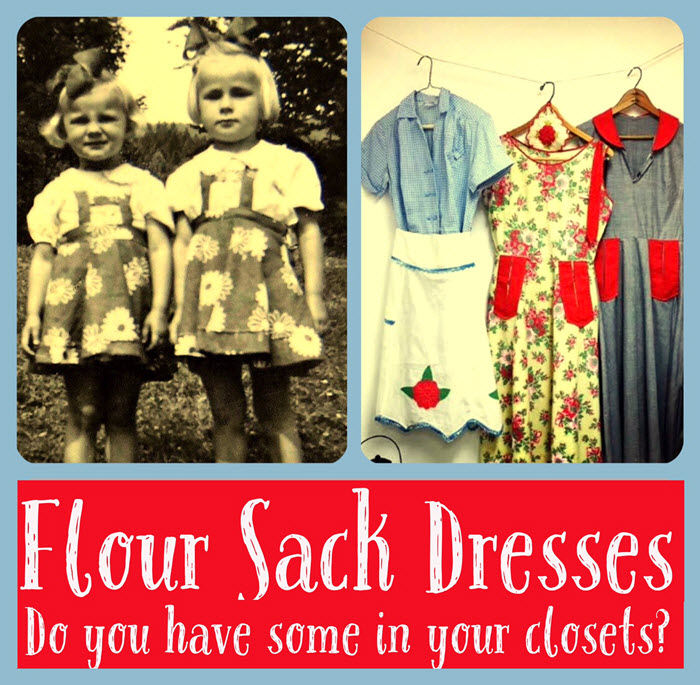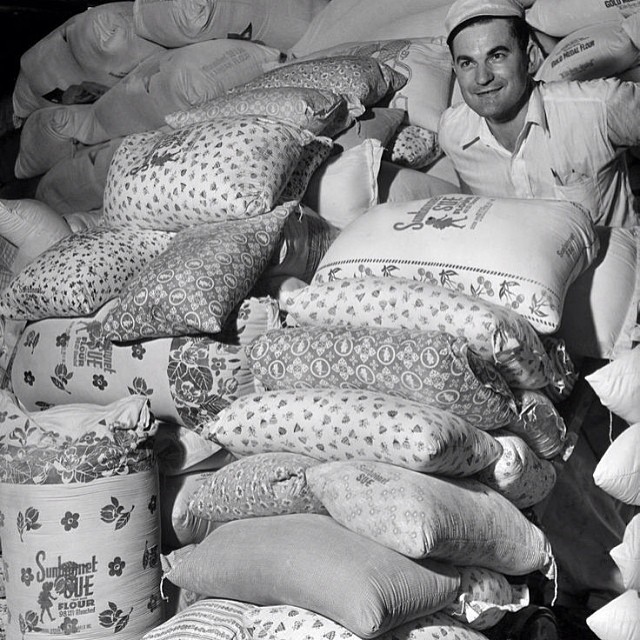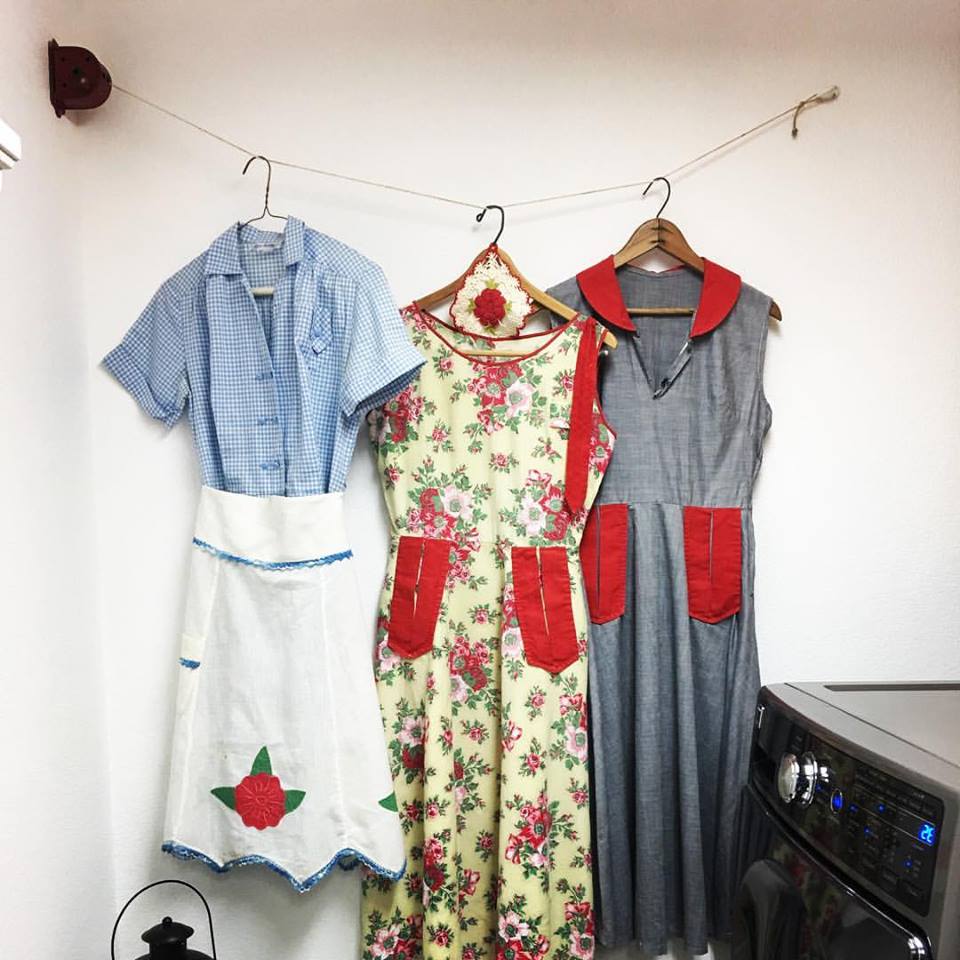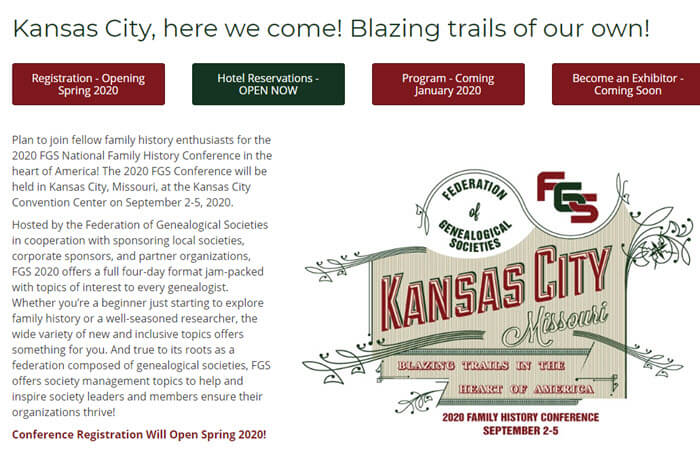by Lisa Cooke | Mar 4, 2015 | 01 What's New, Google, Listeners & Readers, Maps, Records & databases, Research Skills
 Recently I heard from Sue Neale, whose story offers a compelling reason to use Google Scholar for genealogy research! Read it below–then I’ll tell you a little more about Google Scholar.
Recently I heard from Sue Neale, whose story offers a compelling reason to use Google Scholar for genealogy research! Read it below–then I’ll tell you a little more about Google Scholar.
“I’ve been using computers for genealogy research (among other things) for about 30 years and am pretty good at finding most anything on the internet whether it pertains to genealogy or something else. It’s a continuous learning experience because computer, the internet and genealogy on the internet are always changing and updating.
[After hearing your seminars at RootsTech 2015], I tried out a couple of Google searches for my husband’s 3rd great-grandfather Silas Fletcher. Silas lived on Indian Key in the Florida Keys in the early 1820s.
My husband and I and our son visited Indian Key several years ago and the young lady who took us out in the boat had actually written her college thesis on Silas! Of course, we didn’t think to get her name or any other information. So I Googled “scholar paper Silas Fletcher’ and the first item on the search turned out to be her thesis!
I also found a second thesis on Indian Key and a research paper a third person had written–and they both contained information on Silas. In the footnotes I found references to deed books (book number and page number) that contained statements written by Silas, his wife Avis, their daughter Abigail and Mike’s 2nd great grandfather William H. Fletcher about their lives and movements in the Florida Keys.
With that information I went to Familysearch.org and found the deed books I needed for Monroe County. I was able to go find their statements very easily instead of having to ‘browse’ through the books on the off-chance I would find something (which I do if I don’t know the exact book where the record would be).
I can hardly wait to try out the rest of what I learned at your seminars to see what else I can find!”
Sue’s experience is a great example of using Google to dig for your family history. One little-known feature on Google is Google Scholar, which would help Sue and anyone else more easily find material like what she describes: doctoral dissertations, theses, academic papers and more. Your keyword searches in Google Scholar will target results from academic publishers, universities, professional societies and more.

Though scholarly literature gets a bad rap sometimes for being boring or highbrow, they do something genealogists love: THEY CITE SOURCES. Sue cleverly read the footnotes of the materials she found and they led her right to a key source she needed.
Here’s another resource she could find using the details found on Google Scholar in a Google Image search: a map of his community!

My newly-updated, revised book The  Genealogist’s Google Toolbox has an all-new chapter on using Google Scholar. Among other things, I show you advanced search strategies and how to use Google Alerts with Google Scholar for continuous updates on your favorite search results. Click here
Genealogist’s Google Toolbox has an all-new chapter on using Google Scholar. Among other things, I show you advanced search strategies and how to use Google Alerts with Google Scholar for continuous updates on your favorite search results. Click here
by Lisa Cooke | Nov 1, 2017 | 01 What's New, Heirloom, History, Memory Lane |
Flour sack dresses show how resourceful housewives of the past “made do” with whatever was at hand. But they weren’t the only clever ones–see how savvy flour and feed companies responded to their customers’ desires for cuter sacking.

The History of Flour Sack Dresses
During the tough economic times of the Great Depression, housewives needed new ways to produce what their families needed, including clothing. So they looked around the house–and even the barn–for extra fabric they could turn into dresses, aprons, or shirts.

Female workers pose with sacks of flour in the grounds of a British mill during WWI. 1914. By Nicholls Horace [Public domain], via Wikimedia Commons. (Click to view.)
By the 1920s, these sacks had gotten a little cuter, some with gingham checked or striped patterns. So frugal housewives of the 1930s turned feed and flour sacks into everyday clothing for themselves and their families.
It didn’t take long for manufacturers of flour and feed to start printing their sacks with colors and patterns that women would want to buy. Some put patterns for dolls or stuffed animals on the bags. They even made it so you could wash out the ink so your new dress wouldn’t be a walking ad for Sunbonnet Sue flour! Newspapers and publishers also began printing patterns and ideas for getting the most out of the small yardage of a flour or feed sack.

Old photo of printed fabric flour sacks or ‘feedsacks’. Flickr Creative Commons photo, uploaded by gina pina. Click to view.
A fascinating article at OldPhotoArchive.com shows some great images of flour and feed sack dresses. And the Smithsonian’s National Museum of American History has an online article about a feed sack dress from 1959, because these didn’t go out of fashion when the Great Depression ended! According to that article, World War II caused a cotton fabric shortage. Feed and flour sack dresses again became popular.

After the war, women continued to make these dresses, encouraged even further by national sewing contests. Women even sold off their extra flour or feed sacks to others who wanted them.
Memories of Flour Sack Dresses
A woman named Denise posted a neat memory at the end of the Smithsonian article. She says:

Click to view my Facebook post about my grandma’s 1940s house dresses.
“I was born in 1951. For the first four-five years of my life, all my dresses were sewn by my paternal grandmother from feed sacks. She would layer the fabric two to three layers deep and cut the main dresses from the same pattern. She would then add different details to each dress. Some sleeveless, some with little puffy fifties sleeves, some with self collars, some with contrasting solid collars. We lived in rural north GA, but nonetheless I was teased by my parents’ friends about my feed-sack dresses. Oh how I longed for store-bought dresses. Now, oh how I long to have some of those wonderful little feed sack dresses! They weren’t thought of as precious at all, so no one ever thought to keep them!”
I think a lot of people have fond—or at least vivid—memories of old dresses like these. I do! I posted a photo of my grandma’s old house dresses from the 1930s and 1940s on Instagram. What a response from everyone there and on Facebook! My grandma’s house dresses weren’t made from flour sacks, but they’re from the same era.
Want to see some eye-candy vintage fabrics or date your own family heirloom clothing? Check out these books:
Care for Your Flour Sack Dresses or Other Heirlooms
 Take better care of your own family heirloom pieces, whether they are photos, vintage fabrics, documents or other objects. Get Denise Levenick’s popular book How to Archive Family Keepsakes: Learn How to Preserve Family Photos, Memorabilia and Genealogy Records. This book will help you sort, identify, and preserve your own treasured family artifacts and memorabilia.
Take better care of your own family heirloom pieces, whether they are photos, vintage fabrics, documents or other objects. Get Denise Levenick’s popular book How to Archive Family Keepsakes: Learn How to Preserve Family Photos, Memorabilia and Genealogy Records. This book will help you sort, identify, and preserve your own treasured family artifacts and memorabilia.
Disclosure: This article contains affiliate links and Genealogy Gems will be compensated if you make a purchase after clicking on these links (at no additional cost to you). Thank you for supporting Genealogy Gems!
by Lisa Cooke | Jan 20, 2020 | 01 What's New, Conferences
The Federation of Genealogists annual conference will be held in Kansas City, Missouri on September 2 – 5, 2020. I’ll be there and I hope you will be too. Watch our #FGS2020 page here to learn more about my activities at #FGS2020.
If you’re planning to attend, now is the time to book your hotel reservation. Rooms can fill up very quickly.
Here are all the details from the press release from the folks at the Federation of Genealogical Societies.

HOTEL RESERVATIONS NOW OPEN FOR THE FGS 2020 CONFERENCE IN KANSAS CITY, MISSOURI
*1/11/2020** – Austin, TX*.
FGS is pleased to announce that hotel reservations are now open for the 2020 Conference to be held in Kansas City, Missouri.
The Kansas City Marriott Downtown is now taking reservations for the 2020 FGS Family History Conference, “Blazing Trails in the Heart of America” The conference will be held September 2-5, 2020. This hotel is set in the heart of the downtown district and connects via walkway to the Kansas City Convention Center where the conference will be held.
FGS 2020 Conference room rates are available Saturday August 29, 2020 until Tuesday September 8, 2020 (subject to availability). Reservations must be made by August 3, 2020 to secure the conference rate.
Kansas City Marriott Downtown
200 West 12th Street, Kansas City, Missouri 64105
Full details and links for FGS discounted reservations can be found on the FGS website here.

Screen shot of FGS conference website.
Conference hotels fill up quickly, so it is not too early to make reservations. We look forward to seeing you in Kansas City!
About the Federation of Genealogical Societies (FGS)
The Federation of Genealogical Societies (FGS) was founded in 1976 and empowers the genealogical and family history community, especially its societies and organizations, by advocating for the preservation and access of records and providing resources that enable genealogical organizations to succeed in pursuing their missions.
FGS helps genealogical societies and family history enthusiasts alike to strengthen and grow through online resources, *FGS FORUM *magazine, and through its annual national conference which provides four days of excellent learning opportunities for both societies and family history enthusiasts.
FGS launched the Preserve the Pensions project in 2010 to raise more than $3 million to digitize and make freely available the pension files from the War of 1812. Fundraising was completed for that project in 2016 and the digitization continues. FGS was also the driving force behind the Civil War Soldiers and Sailors project alongside the National Parks Service.
by Lisa Cooke | Sep 22, 2017 | 01 What's New, British, Military, Records & databases, Scottish Genealogy
Denmark Census Records are new at FamilySearch this week. Other new and updated genealogy records include new vital records for England, Catholic Parish records for Scotland, and various unique collections like WWII records for New Zealand, French Polynesian vital records, and military records and more for the United States.

Denmark Census Records
FamilySearch.org now has Denmark Census collections for the following years: 1860, 1870, 1880, 1890, 1901, & 1906. These indexes (provided by MyHeritage) are totally free to explore at FamilySearch, and the images were provided previously from the National Archives of Denmark.
England Wills & Probate
New at Findmypast is an index of over 229,000 Lancashire Wills & Probate 1457-1858 records. This index of more than 229,000 records will give you details about the type of material available, the probate year, and your ancestor’s occupation and residence.
Also new from Findmypast this week are large records for Herefordshire. You can search indexes for Baptisms starting in the early 1500s, Marriages 1538-1936, Burials spanning four centuries, and Wills 1517-1700.
Scotland: Catholic Parish Records
An extensive collection of browsable Scottish Roman Catholic Parish records is now available at Findmypast. It consists of all eight Scottish dioceses: Aberdeen, Argyll & The Isles, Dunkeld, Galloway, Glasgow, Motherwell, St Andrews & Edinburgh, and Paisley. Records begin as early as 1736 and continue until 1942.
New Zealand WWII Records
The Auckland War Memorial Museum has made over 100,000 WWII records available free online. From a recent press release: “Of the 140,000 New Zealanders dispatched to serve overseas in WWII, 104,000 of them served with the 2NZEF. Auckland Museum is now making these WWII Army personnel records publicly accessible through Online Cenotaph.”
French Polynesia: Vital Records
New this week at FamilySearch: Civil registration of births, marriages, and deaths for French Polynesia, 1843-1999. Original records are located with the Tribunal Civil, Papeete, Tahiti.
United States Military Collections & More
Japanese internment camps. Now available at FamilySearch.org: War Relocation Authority Centers, Final Accountability Rosters, 1942-1946. From the collection description: “Digital images of originals are held by the National Archives at College Park, Maryland. These rosters are alphabetical lists of evacuees housed in relocation centers from 1945-1946. This project was completed in cooperation with Densho: The Japanese American Legacy Project.”
Audio recordings. Check out The Great 78 Project! You can listen to this collection of 78rpm records and cylinder recordings released in the early 20th century. These recordings were contributed to Internet Archive by users through the Open Source Audio collection. The Internet Archive has digitized many.
Montana. A new Birth Index 1870-1986 is available at Ancestry.com. The Death Index 1907-2015 has also been updated. These records come from the State of Montana Department of Public Health and Human Services. Copies of the actual certificates may be ordered from the Office of Vital Statistics.
Virginia. Also new at Ancestry.com are Virginia Vital Records, 1660-1923. Indexed information may include primary names and names of family members, as well as birth, marriage, death, and burial information. This collection was indexed by Ancestry World Archives Project contributors.
North Carolina. From the State Archives of North Carolina: New Veterans Oral History Collection Online. “The interviews, conducted since 2015 as audio interviews, are part of the Military Collection’s North Carolina Veterans Oral History Program, whose goal is to capture and provide access to the memories and experiences of the military servicemen and servicewomen from North Carolina, preserving them for the future scholarship.”

Be sure to share this post with your genealogy friends and groups so they can explore these wonderful new collections!
Disclosure: This post contains affiliate links and Genealogy Gems will be compensated if you make a purchase after clicking on these links (at no additional cost to you). Thank you for supporting Genealogy Gems!
 Feedsack Secrets: Fashion from Hard Times
Feedsack Secrets: Fashion from Hard Times Recently I heard from Sue Neale, whose story offers a compelling reason to use Google Scholar for genealogy research! Read it below–then I’ll tell you a little more about Google Scholar.
Recently I heard from Sue Neale, whose story offers a compelling reason to use Google Scholar for genealogy research! Read it below–then I’ll tell you a little more about Google Scholar.
 Genealogist’s Google Toolbox has an all-new chapter on using Google Scholar. Among other things, I show you advanced search strategies and how to use Google Alerts with Google Scholar for continuous updates on your favorite search results. Click here
Genealogist’s Google Toolbox has an all-new chapter on using Google Scholar. Among other things, I show you advanced search strategies and how to use Google Alerts with Google Scholar for continuous updates on your favorite search results. Click here










